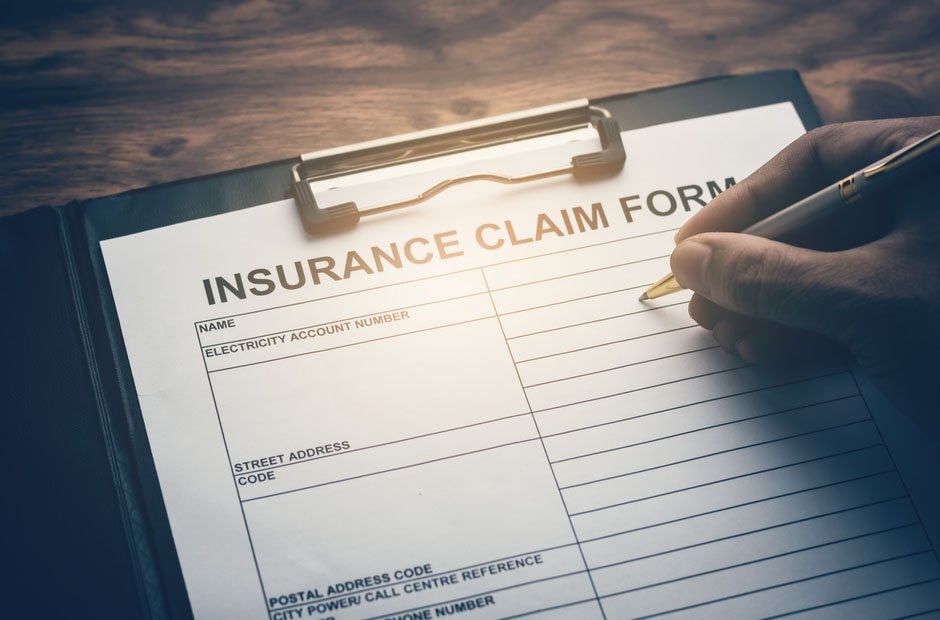Experiencing a fire in your home can be an overwhelming and distressing event. Aside from the emotional toll, you often face property damage, financial loss, and the daunting task of rebuilding your life. One of the most critical steps following a fire is filing an insurance claim for fire damage, which can help alleviate some of the financial burden by covering repair and replacement costs. Filing an insurance claim for fire damage may seem complex, but understanding the process and what steps to take can make the experience smoother and more manageable. We will explore these steps to ensure your claim is handled effectively, allowing you to focus on recovery.
Step 1: Ensure Safety and Document the Damage
The first step after a fire is to ensure everyone’s safety. Once everyone is safe and the fire has been contained, it’s essential to document the damage thoroughly. Documentation is vital in filing an insurance claim, as it provides evidence of the losses incurred. Start by taking photographs or videos of all affected areas in your home, including the interior, exterior, and any valuable items that sustained damage. Be meticulous and capture multiple angles, giving a comprehensive view of the damage.
Create an inventory of damaged or destroyed belongings, detailing each item, its approximate value, and any relevant purchase information, such as receipts. In addition to visual documentation, make notes describing the damage and its impact on your property and daily life. This documentation will serve as crucial evidence for your insurance company to assess the extent of the damage and calculate the appropriate compensation. Keep these records organized, and store copies digitally for easy access and safekeeping.
Step 2: Review Your Insurance Policy
Once you have documented the damage, the next step is to review your homeowner’s insurance policy to understand its coverage. Insurance policies can vary significantly, so it’s important to know what types of fire damage are covered and any exclusions or limitations. Some policies may cover the full replacement cost of your damaged property, while others may only cover the actual cash value, which takes depreciation into account.
Additionally, check your policy’s deductible, as this is the amount you’ll need to pay out-of-pocket before the insurance coverage kicks in. Knowing your deductible amount will help you gauge how much financial assistance to expect from the claim. Note any specific requirements or deadlines for reporting the fire, as failing to meet these obligations may jeopardize your claim. Understanding the terms of your policy will better prepare you for discussions with your insurance adjuster and allow you to advocate for fair compensation.
Step 3: Notify Your Insurance Company
Once you understand your policy clearly, contact your insurance company to notify them of the fire and initiate the claims process. Most insurance companies have a 24-hour hotline for emergency claims so you can report the incident promptly. During this call, provide an overview of the fire incident, including the date, time, and cause of the fire, if known. Be prepared to answer questions regarding the extent of the damage and any temporary repairs you may have undertaken.
Step 4: Mitigate Further Damage
After notifying your insurance company, take steps to prevent further damage to your property, as most insurance policies require. This is known as “mitigating damage,” it involves taking reasonable measures to secure your home and protect it from additional harm. For example, if the fire left your roof damaged, consider covering it with a tarp to prevent water damage from rain. You should also take action to board up broken windows, lock doors, and shut off utilities.
Step 5: Meet with the Insurance Adjuster
After taking preliminary steps, prepare for a visit from the insurance adjuster, who will assess the damage to determine the compensation amount. The adjuster’s role is to evaluate the loss and verify the validity of your claim. During the inspection, walk the adjuster through the damaged areas, provide them with a copy of your documented evidence, and discuss any high-value items that were affected.
Step 6: Obtain Repair Estimate
Once the adjuster has completed their inspection, gathering repair estimates from reputable contractors is beneficial. Obtaining multiple estimates can provide you with a range of options and give you a better understanding of the actual repair costs. These estimates can also serve as a point of comparison if the insurance company’s proposed settlement seems inadequate. Provide these estimates to your adjuster to support your claim and ensure fair compensation.
Step 7: Review and Negotiate the Settlement Offer
Your insurance company will provide a settlement offer after the adjuster reviews the damage and repair estimates. Carefully review this offer to ensure it aligns with the damage documented and the repair estimates you obtained. You have the right to negotiate if the offer does not meet your needs or seems lower than expected. Be prepared to discuss your evidence, contractor estimates, and any additional costs that may have arisen during the claims process.
Filing an insurance claim for fire damage involves several important steps, from documenting the damage and reviewing your policy to negotiating a fair settlement. Each step is crucial in ensuring you receive adequate compensation to repair or replace your damaged property. By understanding the process and taking proactive measures, you can navigate the claims process more effectively and reduce the stress of recovering from a fire. A well-prepared claim will help you secure the financial support you need and focus on rebuilding your home and moving forward after the loss.



